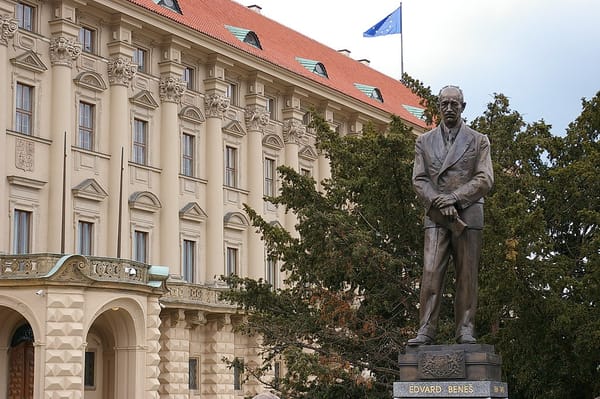
Slovakia’s Beneš decree dispute reopens old wounds, and new political calculations
Slovakia’s debate over the Beneš decrees resurfaces grievances about postwar property rights while serving new aims in domestic political bargaining.
A collection of 42 posts

Slovakia’s debate over the Beneš decrees resurfaces grievances about postwar property rights while serving new aims in domestic political bargaining.
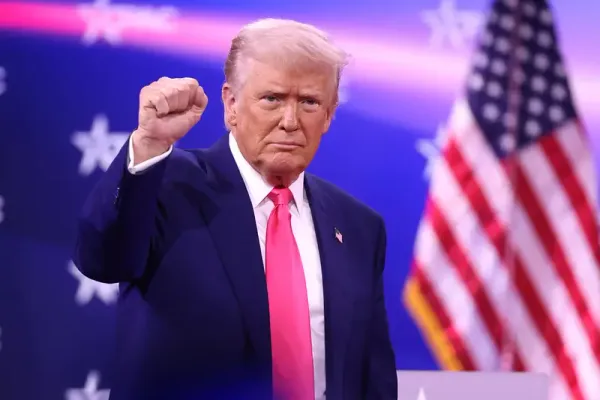
US President Donald Trump’s new raft of global tariffs threatens to hammer the export-driven economies of CEE countries.
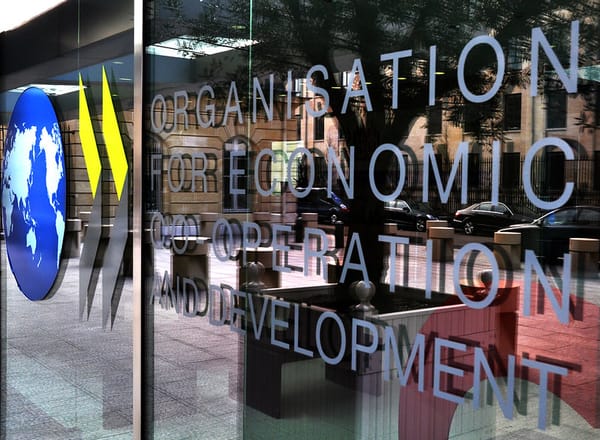
The EU’s employment rate reached a record high of 70.9% in the fourth quarter of 2024, according to the Organisation for Economic Co-operation and Development (OECD). But while this marks a major milestone for the bloc, the picture in Central and Eastern Europe (CEE) is more complex, as
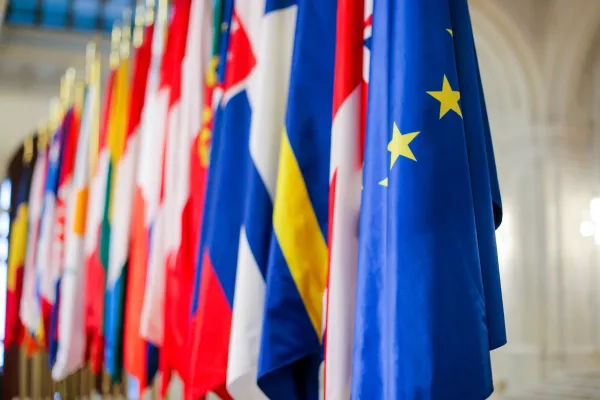
The EU’s internal market is still falling short of its founding promise. Despite decades of integration, consumers across member states face uneven product quality and varied prices. This is due to regulatory fragmentation in two main forms: Territorial Supply Constraints and gold-plating. TSCs occur when suppliers block cross-border sourcing

Stock markets in Central and Eastern Europe (CEE) fell sharply after US President Donald Trump announced retaliatory tariffs on global imports on 2 April 2025, spooking the region's export-dependent economies and reviving fears of a wider economic slowdown. CEE Stock Market Weekly Performance to 7 April 2025 Most
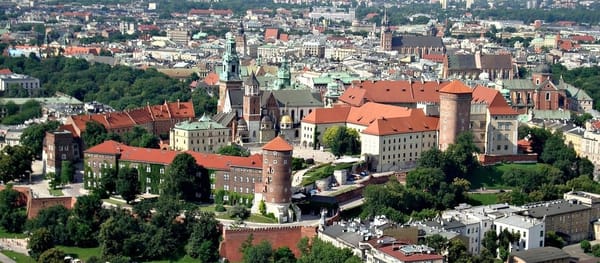
The city of Krakow, south Poland, saw nearly 1,900 group layoffs in the first quarter of 2025, almost equalling the total for all of 2024, local media reported, citing official data. The dismissals, mostly affecting white-collar roles in finance, technology and business services, point to deeper structural changes in
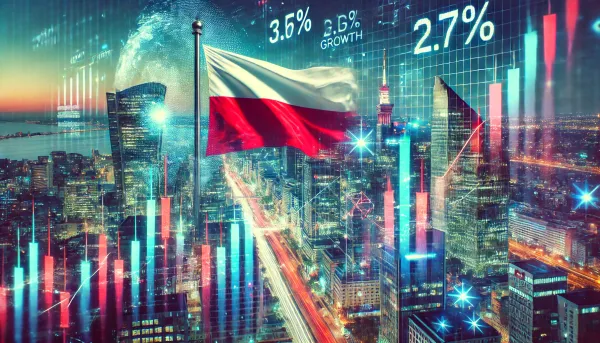
Central and Eastern Europe (CEE) is set for stronger economic growth in 2025, with GDP expected to expand by 2.6%, according to a report by Erste Group. The forecast marks an improvement from previous years, driven by higher consumer spending, increased investment, and inflows of EU funds. Poland boosted
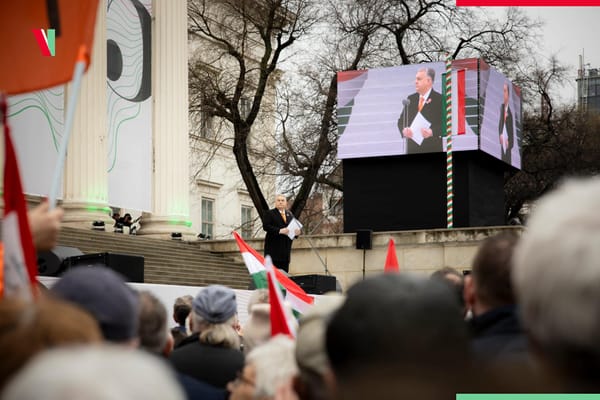
As political landscapes shift across Central and Eastern Europe (CEE), governments are recalibrating their approaches to Ukraine, European security, and internal governance. The region remains split between pro-European integration and nationalist, often pro-Kremlin, forces: Czechia and Poland reinforce their commitments to Ukraine, while Hungary and Slovakia align with Moscow. Meanwhile,
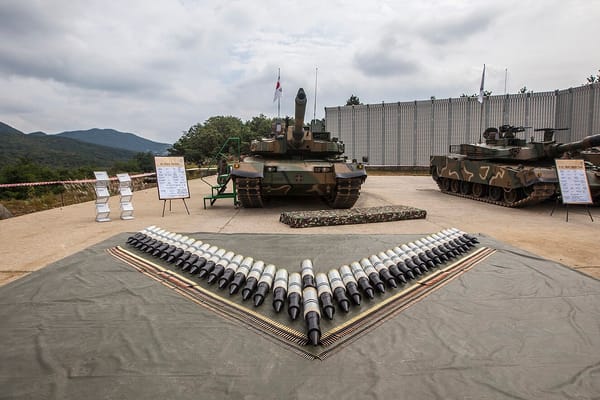
Poland is set to purchase an additional 180 K2 Black Panther main battle tanks for approximately USD 6.2bn (EUR 5.7bn), South Korean government officials announced on 9 March. The proposed agreement could be finalised as soon as next month and follows Poland’s earlier USD 12.4bn deal

Greece is poised to become a key player in the EU’s efforts to secure critical raw materials (CRMs) due to its richness in minerals such as nickel and magnesium, making it a strategic asset for a Europe increasingly focused on supply chain autonomy. The Balkan country is already a

The European Commission (EC) unveiled its flagship “Competitiveness Compass” initiative on 29 January, the first major project of its 2024-29 term. The initiative is designed to serve as a strategic roadmap to foster innovation in sectors such as AI, semiconductors, quantum tech and biotechnology in Central and Eastern Europe (CEE)
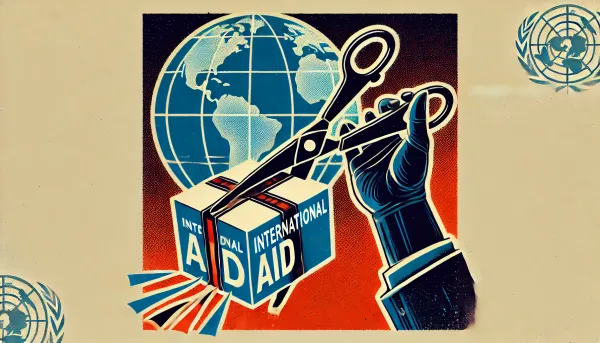
The suspension of foreign aid by incoming US President Donald Trump on 24 January is causing major disruption in sectors including independent media and NGOs across Central and Eastern Europe (CEE), with many institutions now frantically seeking alternative funding sources. The US has traditionally played a key role in funding
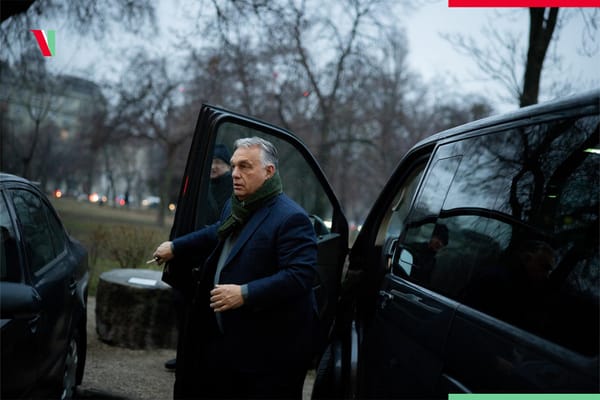
Hungary’s political landscape is marked by a mix of economic uncertainty increasing opposition momentum and continued tensions with the EU, according to the annual report of independent Budapest-based think tank Policy Solutions. “Fifteen years in power was supposed to be a key milestone when things could have mellowed for
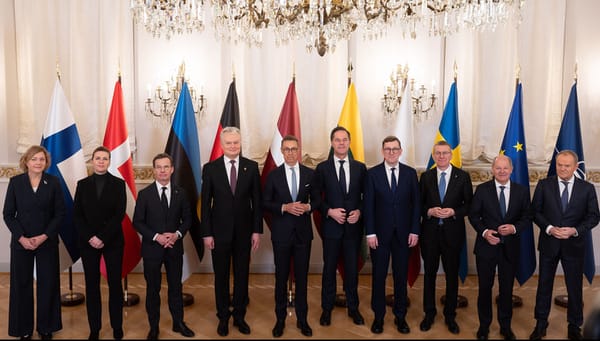
NATO deployed a multinational flotilla off the Estonian coast at the weekend to defend undersea infrastructure in the Baltic Sea amid escalating concerns of sabotage. Baltic Sentry aims to deter hybrid threats targeting power cables, pipelines, and data lines crucial to the region’s stability. Dubbed the “security camera of
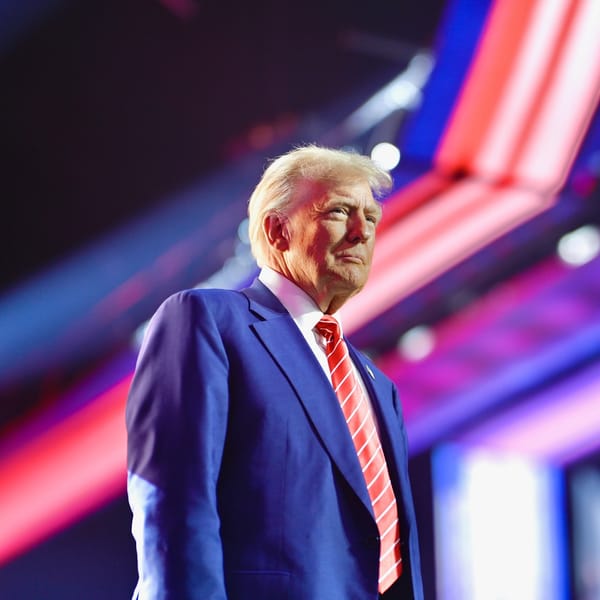
US President Donald Trump’s inauguration ceremony on Monday, 20 January, broke with tradition and extended invitations to political leaders. However, footage of former Poland prime minister Mateusz Morawiecki attempting to cross a barricade into the ceremony site by showing US National Guard members his Wikipedia page, which went viral